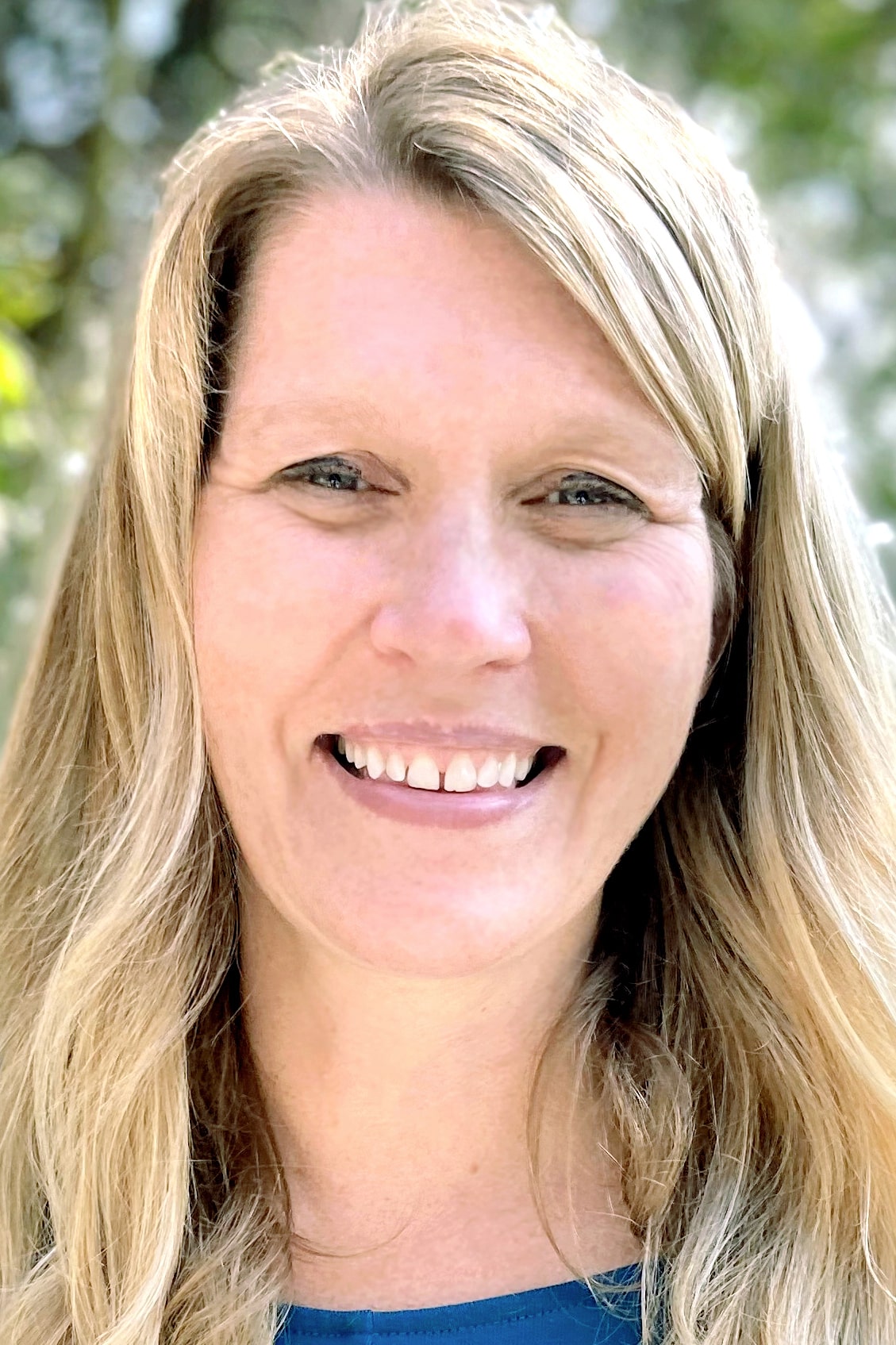The key to successful sessions is to provide engaging, age-appropriate opportunities for language learners. Knowing the special interests of your learner is important, and there are some activities that are sure-fire successes no matter the age or language level of the child.
Cooking
Cooking is always a crowd pleaser and a great way to engage all students. When making simple recipes, such as jello, language targets can easily be modified to meet the needs of the learner. For new language learners the language focus should be on single words, such as open, stir and pour. For more advanced language learners, focus on more complex language structures such as partitives (“Pour a half cup of water into the bowl”) or sequence words (first, next, then). Cooking can easily be adapted to any child’s language needs.
Snack-time
Food is almost always engaging when working on language targets. Snack-time is a daily part of most children’s routine and a terrific way to practice a myriad of language structures. For new language learners create a snack mat with pictures of target vocabulary. Elicit receptive and expressive vocabulary practice by asking, “Can you put the cracker on the tiger?” or “Where do you want your cracker?” Snack-time is a time to practice carrier phrases such as “I want” and “May I have” in an organic way. For more advanced language learners allow them to help and provide them opportunities to practice questions in a natural way. Prompt them to ask questions such as, “Do you want crackers or a granola bar?”, “How many do you want?” or “What color cup do you want?” Capitalizing on simple routines is a great opportunity to teach and practice new language structures.
Books
Books are engaging at any age and can be used to teach and practice almost any language structure. For new language learners books can be used to practice labeling words and Where? questions. For more advanced language learners, focus on complex language structures. Wordless books, such as Tomie dePoala’s, Pancakes for Breakfast, are great to target present progressive verbs or adverbs. Books with repetitive language, such as Mercer Mayer’s Little Critter series, offer many opportunities to practice conjunctions within compound sentences.
Songs
Songs are an exceptional way to engage the young to the young at heart. For the youngest of language learners, songs can be created to practice beginning sounds such as bilabials. Embed targeted sounds into the song and provide an expectant pause for the child to practice their target sound. For example, I love cookies. I love cookies. Mmm, Mmm, Mmm or All the little bubbles go…. pop, pop, pop. Super Simple Songs on YouTube is a wonderful commercial resource for simple vocabulary practice. Once your language learner is a bit older, songs can be used to practice more complex language structures as well as academic vocabulary. A fantastic commercial resource for elementary age children is GoNoodle which can also be found on YouTube.
Experience Stories
Pictures, Pictures, Pictures. Take pictures no matter what language experience you create for your learners. Children are highly motivated by pictures of their friends and themselves. Creating a book with the pictures of the experiences you provided is an effective way to elicit language. Ask leading questions to practice the targeted language structures and write it down in real time. After you have created the book together, your learner can practice the targeted language structures for days to come.
These language activities will not only have your student happily engaged throughout your session, but also give opportunities for optimal language growth.
Click HERE to read PART 1 of Five language activities for children with hearing loss of any age at any language level.













